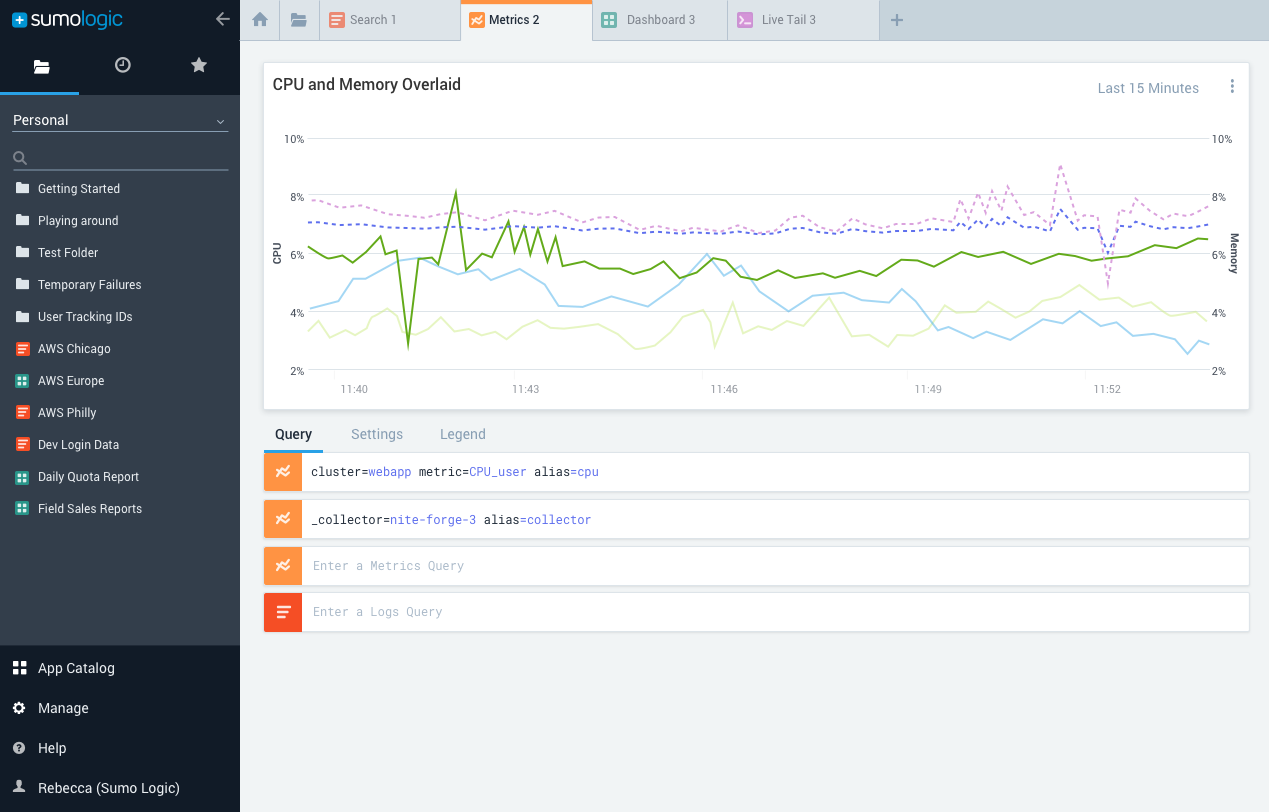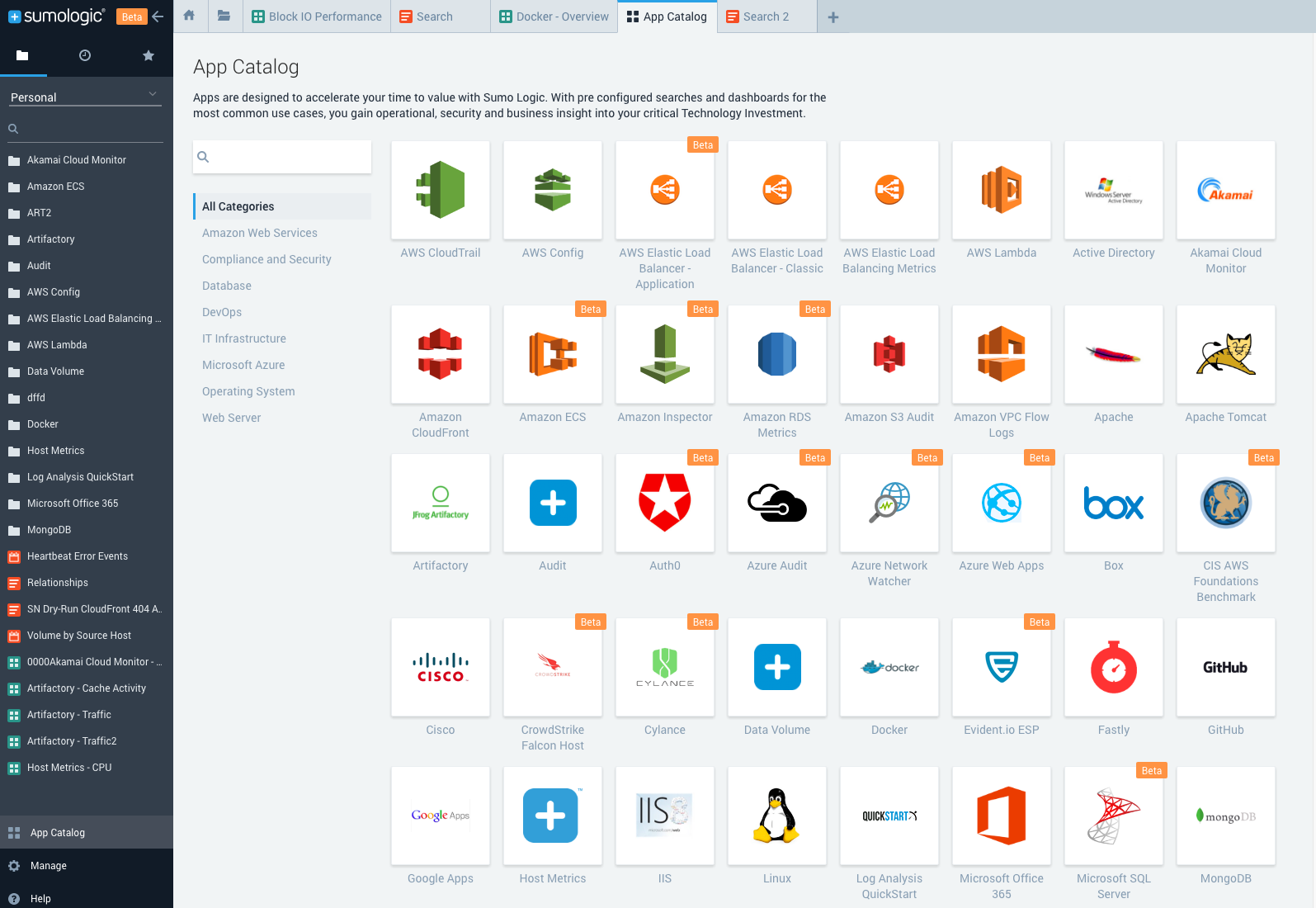“In God we trust, all others must bring data.” – W. Edward Dennings

Over the years, we’ve all internalized the concept that data driven decision making is key. We’ve watched as digital businesses like AirBnB, Uber, and Amazon far outpace their competitors in market-share and profitability. They do this by tapping into continuous intelligence: they use the data generated as users interact with their applications to provide customized experiences – allowing them to learn and adapt quickly to where their users want to be.
I had always imagined decision-making at these companies to be kind of like the stock photo; a well-heeled executive looking at an interesting chart and experiencing that moment of brilliant insight that leads to a game-changing business decision.
The reality though, is that it was never as simple as that. It was hard work. It was not one key decision made by one key executive. It was several hundreds of small every-day decisions made across all levels in the organization by all kinds of individuals, that slowly but surely inched the company across the finish-line of success and sustains them today in their continued growth. The better equipped employees were with the relevant data, the better they could execute in their roles.
At most companies, the decision to be data-driven is simple, actually getting to that state, not so much. Conversations might go something like this:
“We should be more data-driven!”
“Yeah!”
“What data do we need?”
“Depends, what are we trying to solve?”
“Where’s the data?”
“How do we get to it?”
“What do we do once we have it?”
“How can we share all this goodness?”
At Sumo Logic, we’ve already cracked the hard fundamental problems of getting to the data and being able to ask meaningful questions of that data. We support a vast and scalable set of collection tools and at Sumo’s core is very powerful machine data analytics platform that allows our customers to query their logs and metrics data to quickly derive insights and address impactful operational and security issues.

We’re working our way up the problem chain. Now that we can easily get to the data and analyze it – how do we use it as an organization? How can our machine data tell our infrastructure engineers about the health of the service, the support team about performance against SLAs, help PMs to understand user adoption and find a way to summarize all of this into a format that can be presented to executives and key stakeholders?
To solve this, we recently introduced the concept of public dashboards; data-rich dashboards that could be shared outside of Sumo and across the organization. This helped expose data to users who relied on it to make decisions, but who were far removed from the actual applications and infrastructure that generated it.
Now, we’re tackling a deeper issue: how do users and teams collaborate on data analysis within Sumo? How do they learn from each other about what kind of metrics other teams collect, what are best practices and how do they learn and grow exponentially as an organization as they become empowered with this data?
We plan to solve this, later this year, by allowing users to share their dashboards, log searches and metrics queries with other users and roles in their organization. Teams can collaborate with each other and control with granularity how different users and roles in the organization can edit or view a dashboard or a search. Administrators can efficiently organize and make accessible the content that’s most relevant for a particular group of people.
We’ve embraced the concept of Universal Access to mean accessibility to Sumo and more importantly, the data in Sumo, to all users regardless of their skill or experience levels with Sumo. We’ve redesigned Sumo to be contextual and intuitive with the introduction of simpler navigation and workflows. Current users will appreciate the new types of content that can be opened in tabs – such as dashboards, log searches, metrics queries and live tail – and the fact that these tabs are persistent across login sessions. New users will have a smoother onboarding experience with a personalized homepage.
To check out the new UI (beta) & learn more about how Sumo Logic can help your organization be more data-driven, sign-up today!

